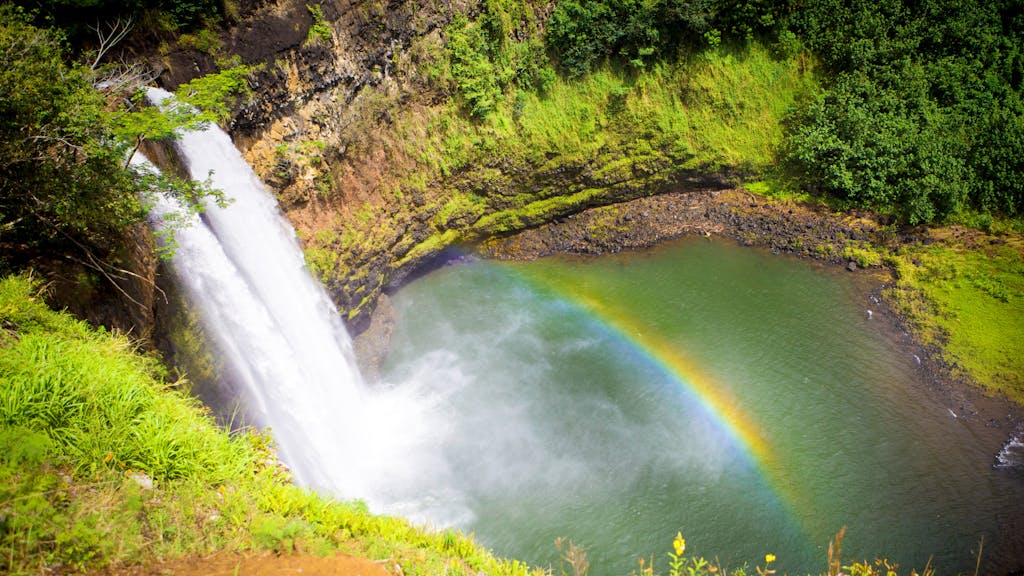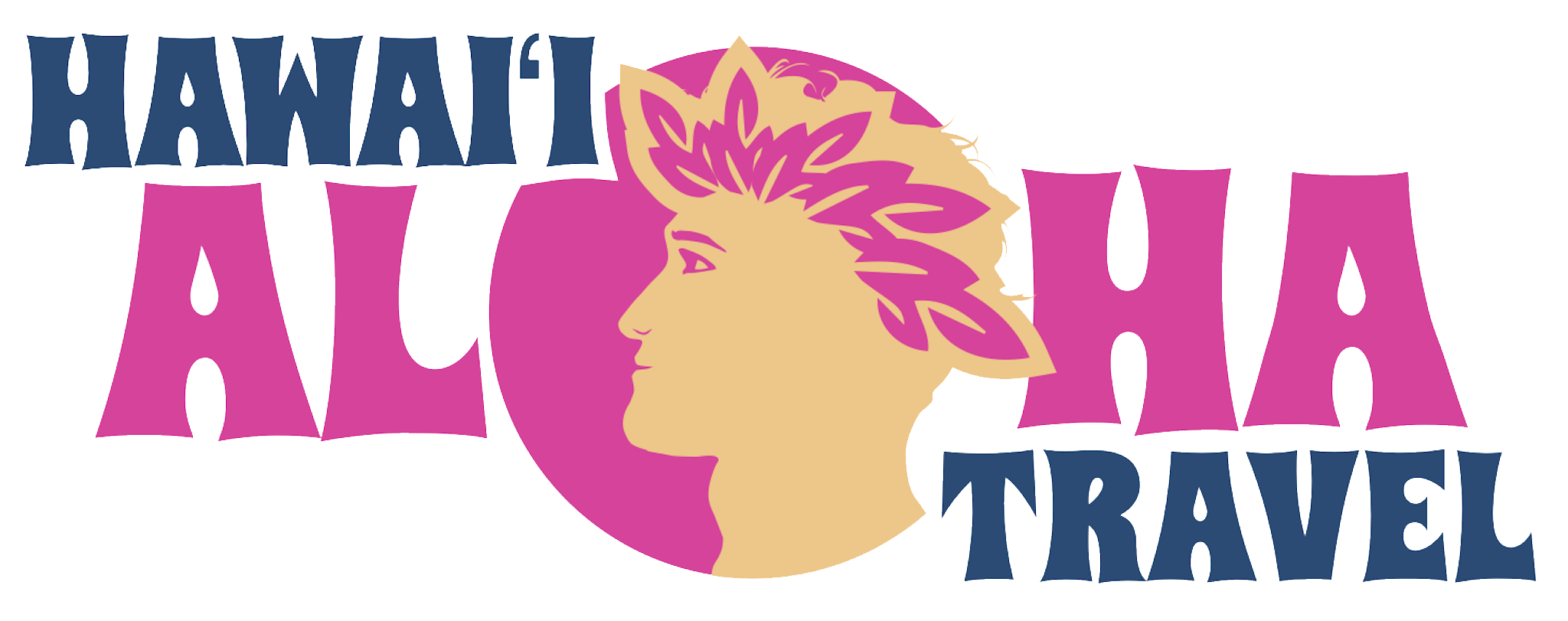We often get asked, “Is Hawaii Tap Water Safe to Drink?” A new report is having us revisit our answer to this great question.
Winning Water
A while back, I wrote a post about Hawaii’s extraordinary tap water and touted its taste and quality throughout the piece. Well, Hawaii’s tap water has garnered another bit of glory — and this time, it’s in the national spotlight.
Hawaii repeatedly appears on lists of America’s cleanest drinking water.
US News & World Report ranks Hawaii as having the highest drinking water quality of any state. They reported that Hawaii has the lowest number of public water violations per 1,000 water customers.
Now, according to the Honolulu Star-Advertiser, Hawaii is the ONLY U.S. state that didn’t exceed federal testing limits for lead in drinking water during the past three years.
Why Is Hawaii Tap Water So Safe to Drink?
Health Department officials say it’s because the state’s fortunate to have lots of volcanic soil and few lead pipes.
“We are lucky,” Joanna Seto, chief of the Hawaii Department of Health’s Safe Water Drinking Branch, told the newspaper. “The biggest thing is that we have no lead pipes in Hawaii in our drinking systems, and we have mostly groundwater.”
The Honolulu Star Advertiser reports that, while no amount of lead exposure is considered safe, the federal rule calls for water systems to keep levels below 15 parts per billion. Lead is a potent neurotoxin that can damage a child’s brain development, cause behavioral problems, and sicken adults.
So lead is a big factor when considering if Hawaii tap water is safe to drink.
Enjoying Hawaii’s Water

But, here in Hawaii, our residents and visitors can drink with confidence. Hawaii health and water officials told the paper there are multiple factors that help keep Hawaii’s water clean. These include abundant groundwater sources, few industrial pollutants, and pipes built without lead.
According to the Honolulu Star-Advertiser, despite Hawaii’s good track record, some of the islands’ water systems have shown up with amounts of lead over the federal limit.
County water officials in Maui, Kauai, Oahu and Hawaii counties say the Hawaii tap water is so safe to drink because many of the main water systems aren’t built with lead pipes.
“To the best of our ability, we haven’t been able to find any records that we have lead pipes in our system,” Erwin Kawata, program administrator for the Honolulu Board of Water Supply’s Water Quality Division, told the Star-Advertiser.
Kawata added that Hawaii’s groundwater isn’t acidic, which means it’s less likely to corrode metal pipes. Much of Hawaii’s tap water comes from aquifers. These systems filter water underground with volcanic rock for years. This is different from surface water found in rivers and streams that are more susceptible to pollution, he said.
In Hawaii, most water comes from underground, Kawata said.
“We’re very blessed,” Kawata said. “It’s what nature gives us.”
For visitors, that means you can forgo the bottled water and drink tap water instead. Or refill your water bottle with tap water from your Hawaii hotel.
So, go ahead, drink up! And, be glad you’re in Hawaii!




